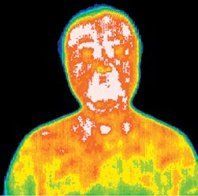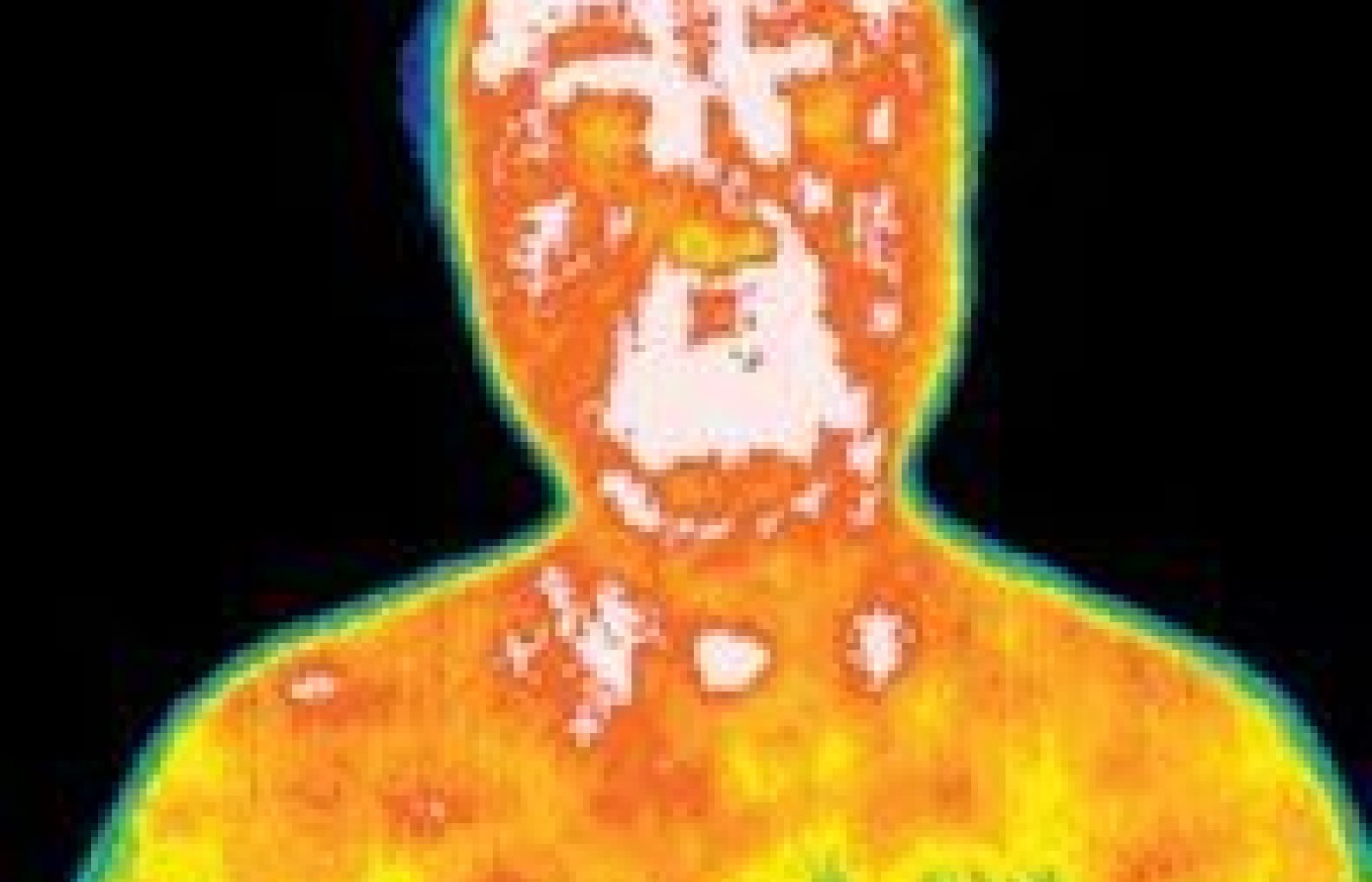Whether you accept it, avoid it or live somewhere in between, insurance coverage has become a defining issue for our profession. Patients increasingly expect to use their benefits, practitioners want to be compensated fairly for their time and expertise, and the system itself remains – at best – fragmented. The encouraging news is that coverage has expanded in meaningful ways. The challenging news is that reimbursement, across the board, remains inadequate.
Diabetes and Acupuncture
Editor's note: Material from this article is included in Dr. Lo's forthcoming book, Acupuncture: Quantum and Supreme Health.
U.S. newspapers continuously report the increase in the number of individuals among all age groups who suffer from diabetes. One research group suggests that in the not-too-distant future, half of the Hispanic population may have diabetes. It seems that diabetes becomes more prevalent as society becomes more affluent, as there is more food available.
Diabetes is caused primarily by dysfunction of the pancreas. How can acupuncture help diabetic patients? Scientific studies and clinical tests in international research centers in the past 10 years* have shown that acupuncture can help diabetic patients in the following ways:
- lower blood glucose content;
- lower the release of pancreatic glucagons;
- attenuate symptoms of polyphagia (the urge to eat too much), polydipsia (excessive thirst) and polyuria (excessive passage of urine);
- prevent slowing of motor nerve conduction;
- improve microcirculation and myocardial contractility;
- enhance blood outflow and regulate vascular peripheral resistance;
- exert antiatherogenic, antioxidant and immunomodulating effects;
- obliterate antheroscelerosis of the legs;
- induce secretion of endogenous beta-endorphin;
- elevate a lowered pain threshold; and
- increase cell proliferation and neuropeptide Y levels.

As discussed in my first article in the June issue, the effects of acupuncture are immediate after each session. Pictured below are infrared images (before and after acupuncture treatment) of a diabetic patient who had laser surgery on the eyes (without much success). The effect of acupuncture is dramatically illustrated by the change in the patient's color pattern. The color code is as follows: White is the highest temperature, followed by red; orange; yellow; green; blue; and black.
The patient was treated twice. The second treatment occurred about one week after the first.
Photographic Analysis

The maximum temperatures around the eyes, forehead and the mouth were reduced by 1.32 C, 1.26 C and 1.0 C after the first treatment, respectively. Maximum temperatures around the eyes, forehead and the mouth were reduced by 0.65 C, 0.26 C and 0.46 C after the second treatment. The reduction in maximum temperatures was less for the second treatment than for the first treatment.
Before the first treatment, the differences between maximum and minimum temperature around the eyes, mouth and forehead were 2.65 C, -0.07 C and 1.49 C. Before the second treatment, the differences between maximum and minimum temperatures were 1.81 C, 0.06 C and 0.27 C.
We detected improvement on the eyes and the forehead based on the reductions of their difference in maximum and minimum temperature. We attributed the improvement of 0.64 C around the eyes and 1.22 C around the forehead to the first treatment with acupuncture and massage. There was hardly any change to the difference of maximum and minimum temperature around the mouth.
The high temperature around the forehead probably was due to high blood pressure. Since the improvement was rapid, one expects the high blood pressure can be controlled much easier.
The high temperature around the eyes was due to damage from diabetes and the surgical operations on the eyes. Nevertheless, there was an improvement of 0.64 C. This is a very good indication that the patient responded positively to acupuncture treatment.
For another serious diabetic patient who had acupuncture continuously twice a week for a year, there was continuous improvement of eyesight and bodily function.
* Readers who would like more details on the references to these works are encouraged to contact the author directly.



